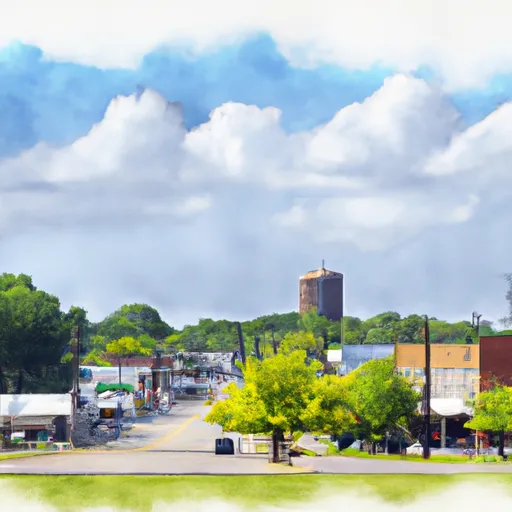°F
°F
mph
Windspeed
%
Humidity











Hazel Green, Alabama is a small town located in Madison County. The climate in Hazel Green is humid subtropical, with hot summers and mild winters. Residents and visitors can enjoy outdoor activities such as hiking, fishing, and camping at nearby attractions like the Wheeler National Wildlife Refuge and Monte Sano State Park. The town is situated in the upper Tennessee River watershed, which is known for its high levels of nutrients and sediment. This can impact water quality, but efforts are being made to address these issues through conservation and management programs. Overall, Hazel Green offers a variety of outdoor recreation opportunities and a unique southern climate for residents and visitors to enjoy.
Weather Forecast
Hazel-Green receives approximately 1405mm of rain per year, with humidity levels near 85% and air temperatures averaging around 15°C. Hazel-Green has a plant hardyness factor of 7, meaning plants and agriculture in this region tend to thrive during the non-winter months.
Regional Streamflow Levels
393
Cubic Feet Per Second
35
Cubic Feet Per Second
254
Cubic Feet Per Second
1,720
Cubic Feet Per Second
Nearby Camping
| Camping Area | Reservations | Toilets | Showers |
|---|---|---|---|
| Prairie Creek | |||
| Monte Sano State Park | |||
| Sharon Johnston Park | |||
| Sherling Lake City Park | |||
| Easter Posey MWR Military - Redstone Arsenal | |||
| Gunter Hill |



